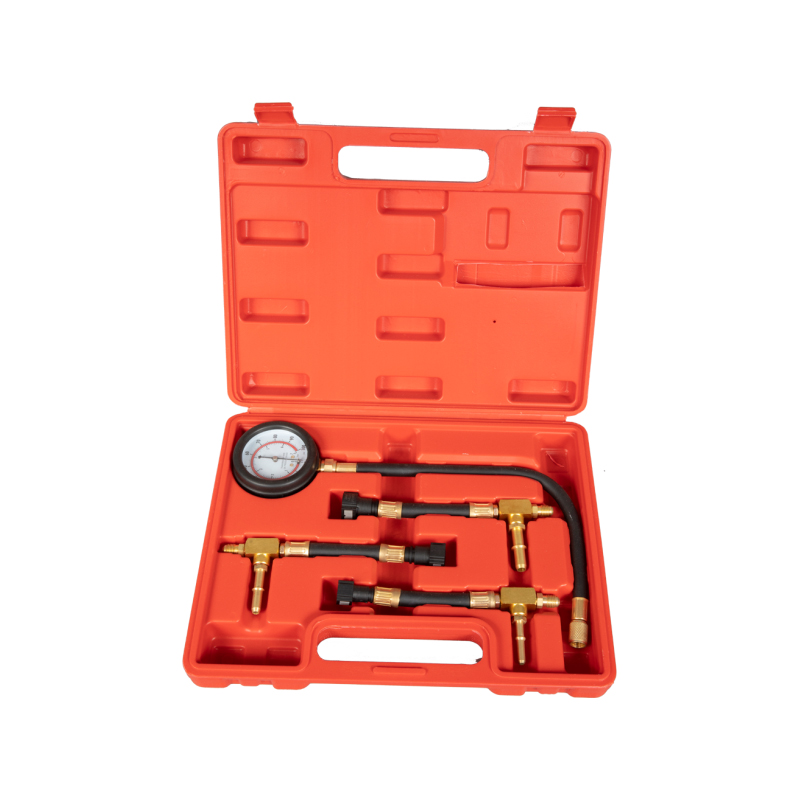If you are a technician who has worked in a car repair shop for quite some time, then you will be well familiar with the various types of fuel injection gauges. You may even know that these are used in conjunction with different auto troubleshooting tools and can really help a mechanic get an accurate reading on the condition of the engine, making sure that everything is working at optimum efficiency.
To begin with, there is the fuel injection pressure gauge. This is actually the most basic type of gauging device that you will come across, and was first made available to the general public in the 1930s. These gauges are designed to show the amount of air that is going into the engine as it operates, and has two types of measuring tubes.
The first type of fuel injection gauge is the screw type. As its name suggests, this kind of gauge is screwed onto the end of a measuring tube. When this is turned in one direction, the reading on the tube shows the amount of air that is going into the engine. If it is turned in the opposite direction, the reading will show the amount of fuel that is going into the engine. However, the gauge can work with both types of tubes.
Another type of gauge, called the thermocouple consists of a sensor and a valve. When air is compressed under the needle of the thermocouple, a temperature reading shows up on the reading panel.
The best way to understand how a fuel injection pressure gauge works is to take a look at the mechanism that allows you to see it in action. When the needle of the gauge is turned, air is released into the engine through a small hole in the needle. This air is then pushed back into the cylinder in the exact amount of time it is needed, and it is important to note that if the needle is turned by more than 0.1 inches, then you are probably working with too much air in the engine.
Another thing to note about the fuel injection pressure gauge is the fact that it is not designed to show the exact amount of fuel that is going into the engine. Instead, it only provides an indication of what kind of air goes into the engine. This means that you have to measure the amount of air you find in the tank of the vehicle and then use that number in the gauge to calculate the actual amount that goes in.
There are many other types of gauges, as well, but you should concentrate primarily on the screw gauges when looking for a fuel injection pressure gauge. These are the cheapest and easiest to use, as they are very inexpensive to buy. and you will not run into any difficulties with them.
Of course, you will need the right information in order to use the gauges correctly. You will need a manual that comes with instructions, and you also need a few test runs.
You can take the time to make test runs in order to see the results from different gauges. A good manual should provide you with a wide variety of gauges, including the pressure, the amount of air going into the engine, and the amount of fuel that is being injected into the engine.
After you have used a couple of gauges, you will become familiar with them. You should be able to tell which type of gauge gives you the most accurate reading. Once you have this knowledge, you can use this knowledge to find out exactly how much air your engine needs to operate properly.
Before using any type of gauges for your vehicle, you should always make sure that the fuel pump is turned off and that the ignition is turned off. To do this, you should turn on the engine and move the ignition to one side until the ignition is off.
Once the fuel pump is turned off, turn the ignition switch back to on, and make sure the gauge is set up properly. Once you have done that, you should place the pressure gauge on the needle of the gauge to allow you to read how much air is going into the engine.




